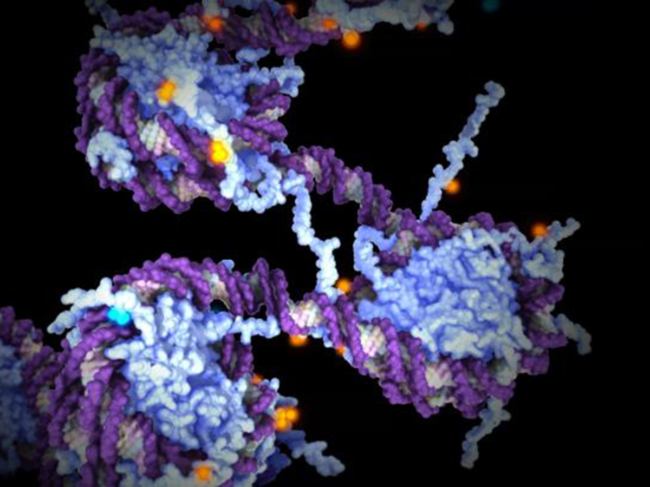
Articles by Mar de Miguel
Neurology/Psychiatric
Neuroscience 2022: Recording brain signals to restore talk and movement
Read MoreNeurology/Psychiatric
Neuroscience 2022: ‘Strawberries’, ‘cabbages,’ fats in neuronal mitochondria
Read MoreNeurology/Psychiatric




